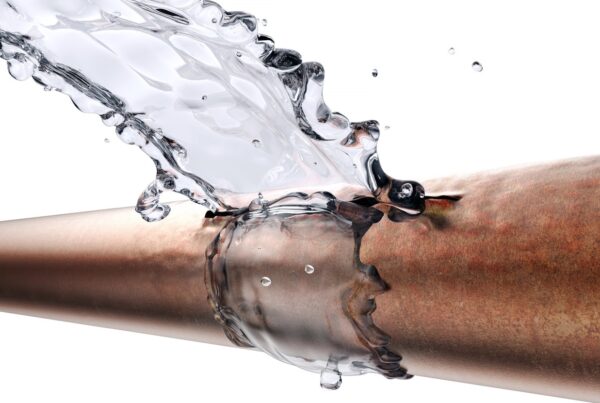Odor by definition, are gases or vapors, which emanate from a source into the air where the individual then perceives them. The human nose is the only and best instrument capable of detecting the presence and intensity of odor. Odor is absorbed by the mucous within the mucous membrane and interfaces with olfactory hairs that are connected to olfactory nerve endings, which are then transmits the strongest sensation of smell to the olfactory lobe in the brain. The olfactory lobe is what distinguishes the variety of odorous chemical compounds at very low concentrations and then makes the determination if the smell is good or bad based on: sensation, experience, knowledge, and suggestion.
When it comes to odor control there are two distinct types of odor that restoration contractors are concerned about, real odor and psychological odor. Real odor is the pure sensation of smell transmitted from the nose to the olfactory lobe by way of the olfactory nerve. There are three physical characteristics of real odor: it must be volatile (easily evaporates), it must be water soluble (have moisture), and it must be soluble in lipids or fatty substances (the olfactory hairs are primarily composed of lipids). Psychological odor is the perception of odor. It is the hypersensitive reaction to the odor, or odor individuals think they smell based on past experiences, suggestions, and impressions. This is the most difficult odor to overcome because there may be no actual odor present.
When it comes to deodorization there are four basic principles and it is important to follow them in sequential order to successfully control the odor. Also note that as you complete a principal, it may not be necessary to go to the next if you have achieved odor control. The four principles are: eliminate the source, clean, recreate the conditions of penetration, and seal. Eliminating the source is the first step of odor removal. By removing the source, it lessens the chances of their being a psychological odor. Once the source is eliminated, it is important to clean all surfaces that were exposed to direct contamination. This is important when less visible soiling, such as nicotine or chemical residues are present. If odor is still present, recreate the conditions of contamination that caused the odor by using a deodorizing fog or spray. This will penetrate the affected areas in the same manner that the contamination was deposited. The last principal, if necessary, is to seal the source that was exposed to the contamination using a pigmented alcohol-based shellac or acrylic sealer. This principal is typically used when dealing with the deodorization of a structural fire.
There are several different methods used in deodorization: Wet (cold) fogging, thermal fogging, the use of an encapsulant, the use of solvent deodorizers, the use of a solid odor counteractant, subtractive deodorization, and the use of ozone.
- Wet fogging uses an electric powered device that water based deodorants pass through. It is generally used in airspace fogging and duct fogging.
- Thermal fogging uses petroleum and water base products which are heated as they pass through the gun and produces a dry penetrating fog. Personal Protective Equipment is required when using this method and the area must be vacated for 2-4 hours after. General uses are structural cleaning, contents deodorization, and air duct cleaning.
- An encapsulant works by trapping odor molecules and are applied with a wet fogger or airless sprayer. General uses include air ducts, dead airspace, and protein fires. Solvent deodorizers work via rapid evaporation and are applied with a garden sprayer. Generally this method is used for pet odor, room and carpet refreshing, and on furniture.
- Solid odor counteractants are a solvent based deodorizer in a solid form, such as a gel block. They slowly release the deodorizer over a long period of time ad are generally used in HVAC systems, under sinks, and placed around the house or building.
- Subtractive deodorization uses activated carbon to absorb odors and is excellent for chemically sensitive areas. This method is generally used in HVAC systems, healthcare facilities, and educational facilities.
- The use of ozone, which is an oxidizing agent. Ozone changes the molecular structure of the air by adding a molecule of oxygen and is the very last resort for deodorization.
If you have any questions on odor and deodorization feel free to give us a call and we will be more than glad to answer your question. Until next time my friends, be prepared and stay safe.
Reference: T&M Cleaning and restoration school – Odor Control workbook





